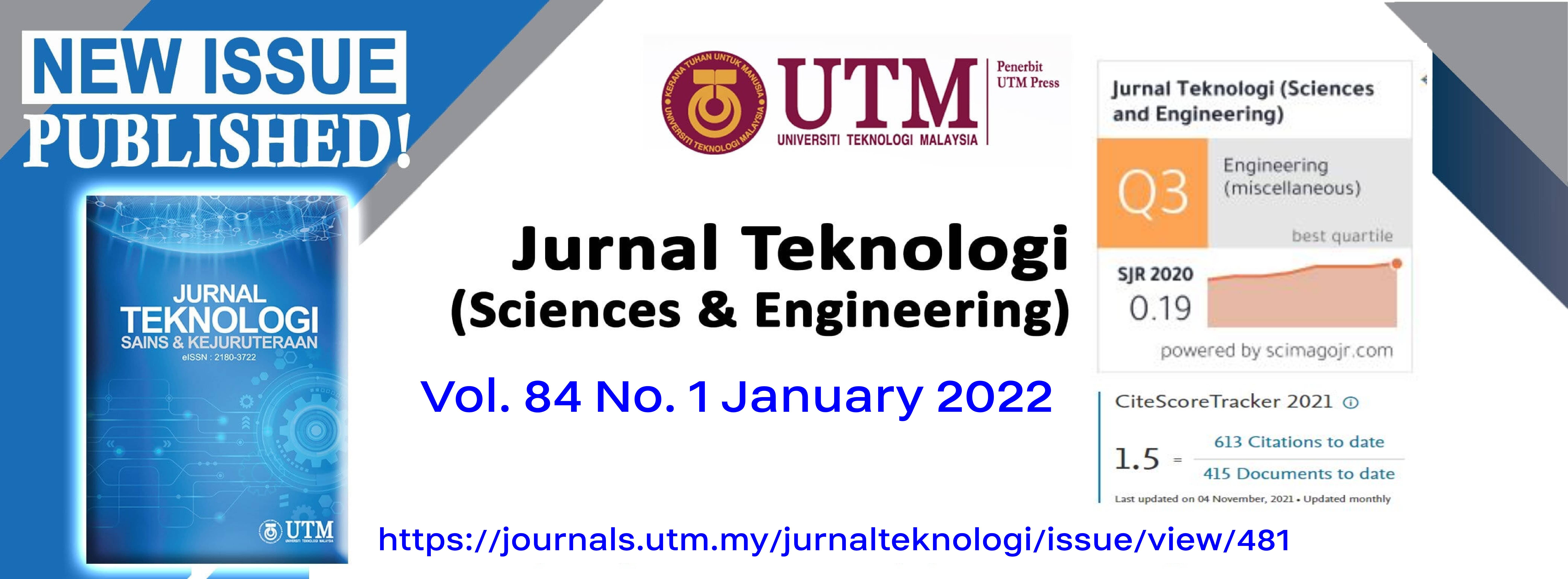THE INVESTIGATION OF KADIDIA GEOTHERMAL FIELD (INDONESIA) USING GRAVITATIONAL DATA AND POWER SPECTRUM ANALYSIS
DOI:
https://doi.org/10.11113/jurnalteknologi.v84.17489Keywords:
Gravity data, Horizontal derivative, and power spectrum analysis, 3D modelingAbstract
Kadidia is one of the area with geothermal potential in Central Sulawesi, Indonesia. Therefore, this study aims to estimate the depth of reservoir and identify subsurface geological structures using gravity data and power spectrum analysis. It uses secondary data from the field survey results of the geophysical team from the Mineral and Geothermal Resource Center Agency. Furthermore, the data were processed to obtain a complete Bouguer anomaly, reduction in a flat field, regional and residual anomalies. The results of residual anomalies showed high and low values in the range of (5-13) mGal corresponding to volcanic rocks and in the range of -10 to -4 mGal spread evenly in the study area respectively. The analysis of derivative showed the presence of intrusive rocks which are thought to be granite, and the power spectrum showed that the heat source rocks from the geothermal system were inferred as granite at a depth of more than (3.68-6.00) km. In addition, the reservoir rocks were interpreted as low-density sandstones at a depth of (0.80-1.37) km, and a caprock in the form of sandstones with medium density at a depth of (0.20-0.80) km, and from the surface to 0.20 km is soil. The interpretation of three-dimensional modeling showed that the faults control geothermal manifestations, i.e. the Koalarawa and Towingkoloe faults, which extends from northwest-southeast.
Downloads
Published
Issue
Section
License
Copyright of articles that appear in Jurnal Teknologi belongs exclusively to Penerbit Universiti Teknologi Malaysia (Penerbit UTM Press). This copyright covers the rights to reproduce the article, including reprints, electronic reproductions, or any other reproductions of similar nature.
















